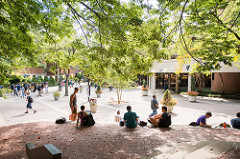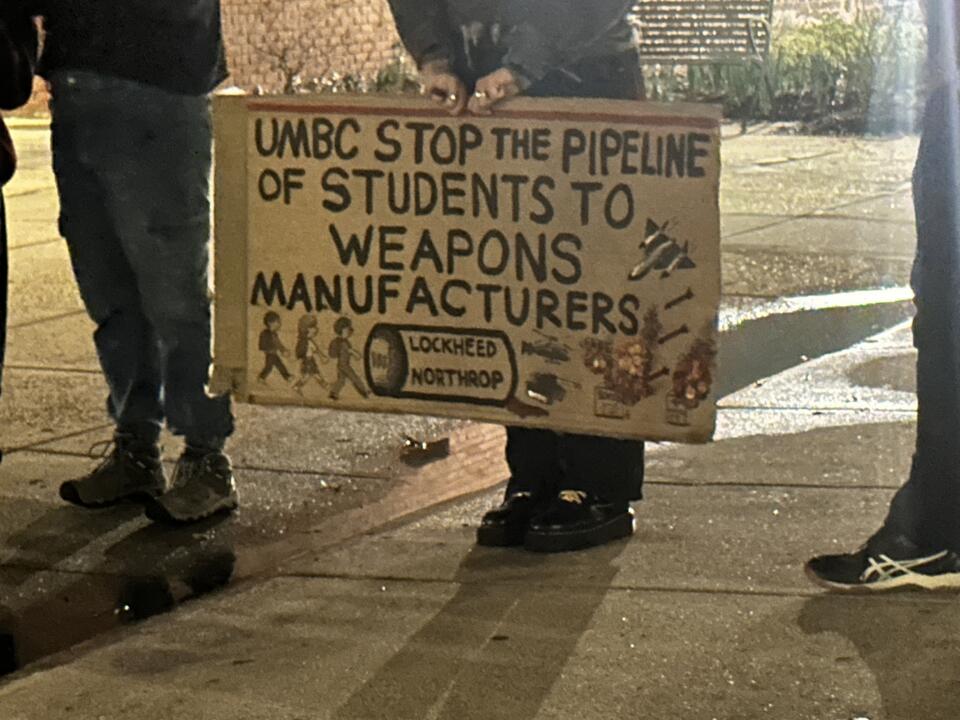From early in the semester, the University of Maryland, College Park has been in the news for its low African-American student enrollment. According to The Baltimore Sun and The Hechinger Report, College Park stands with the seventh highest gap between African American high school graduates and the university’s freshman class among other state flagship universities. Maryland’s percentage of high school graduates of African-American descent, 36 percent, is triple the percentage of African-American freshman students enrolled in the flagship institution.
UMD president, Wallace Loh wrote of several explanations for the disparity in his op-ed to the Baltimore Sun. Notably, Loh writes of the influence of historically black college universities, often referred to as HBCUs, and other universities that prospective African-American students have at their disposal. In an opinion piece by the student-run UMD newspaper The Diamondback, Loh’s defense of the school’s disparity issues was deemed ineffectual.
UMBC holds a higher proportion, 16.2, of African American students to that of College Park (11.3), according to the Maryland Higher Education Commission. UMBC holds a multitude of diversity-targeted opportunities for African American students and other populations of students, particularly the Meyerhoff program for students in STEM fields. The university holds annual receptions to celebrate talented high school students of color as well.
Assistant Vice Provost Dale Bittinger noted that UMBC has the fortune of being a “historically diverse institution.” “[UMBC is] the one institution in Maryland that has been founded after the Civil Rights Act.” UMBC was established when racism and discrimination were finally fought against with legislation, and that era has influenced UMBC to lead the way in diversity recruitment as a public institution.
According to Bittinger, UMBC recruits prospective students in a variety of ways, many of which center on data. “We have information about student’s academic backgrounds and preparation” such as “standardized test scores, self-reported GPA’s, academic interests, race, and ethnicity” to determine whether students could be “good fits” with UMBC.
Black Student Union president Kamikazi Gahima, a senior financial economics major, believes that UMBC has demonstrated itself to be “extremely diverse.”She noted that increased funding and awareness for the Mosaic Center, a resource at the university that pushes for inclusivity, would further supplement the school’s pride in diversity.
For De’Jia Long-Hillie, a sophomore global studies major and Humanities Scholar, UMBC’s racial diversity was a “major factor” for her when choosing schools. However, she notes that she sees “a large disproportion of white faculty and staff compared to those of color,” particularly in her humanities courses.
Even so, another student, freshman media and communications major Dominique Givens, states that there is “real diversity” in the student body of this campus. Givens believes campus diversity can be improved by “strengthening the role of various cultural clubs on campus.”
When considering attending HBCUs, both students were concerned about misplaced documents and disproportionate costs associated with these institutions. For Long-Hille, the Humanities scholars program by UMBC offered her the security of an affordable education as well.
Both students and faculty agree that UMBC should continue to improve diversity recruitment efforts. According to Bittinger, “We do not take it for granted that we are a place of choice for underrepresented students or others of different backgrounds and ethnicities.”
Bittinger asserts that UMBC is “America-miniature” with its diversity. And just as America evolves its population, many expect UMBC – and all colleges and universities – to follow suit.


